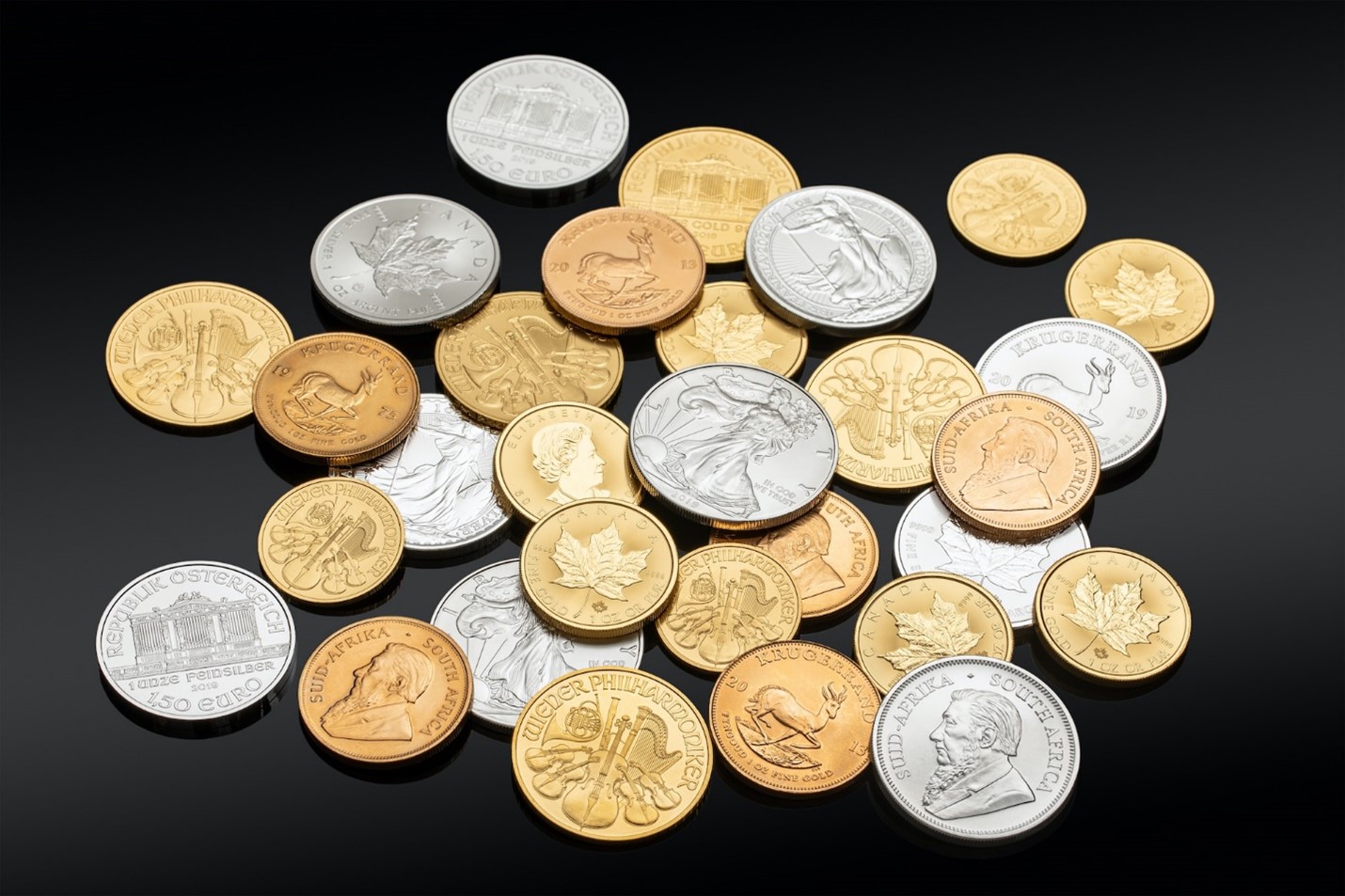Unlike investments like bonds or dividend-paying stocks, bullion does not provide yields. Investors rely on price appreciation to make a profit from their gold and silver investments.
Before you start investing in bullion yourself, it can help to understand the economic factors that drive gold and silver prices. As commodities, gold and silver are largely driven by supply and demand economics. This is how supply and demand tend to play out in bullion markets.
1. Jewellery Demand
Jewellery is how the majority of people on Earth consume and interact with precious metals like gold and silver. Even people who would never consider investing in bullion wouldn’t think twice about wearing a gold ring or receiving a gold watch as part of their retirement.
The countries with the highest demand for gold jewellery are China, India, the United States, the United Arab Emirates, and Indonesia. China and India outpace other countries’ demand for gold jewellery by far, and economic growth in these countries can drive gold prices higher.
2. Investors: Bullion Bars and Coins
One of the most popular ways to invest in bullion is to go directly to authorized bullion dealers and buy fine gold and silver in the form of coins and bars.
There are several reasons people invest in physical bullion over other assets. They are looking for a safe haven alternative to stocks and cash that protects them from volatility on the market, stock market crashes, and inflation. They also want an asset that comes without counter-party risks.
You often see demand for bullion bars and coins rise during recessions, as well as when stories of corporate fraud start to dominate the headlines. Weakness in the U.S. dollar and higher rates of inflation also tend to drive more interest from investors.
3. Paper Gold: Futures Trading
Physical bullion is not the only way to invest in gold. Many investors, especially institutions, prefer to invest in gold without taking physical ownership of it. Gold futures allow institutions to access the gold market without taking physical ownership, the same way they do with other commodities like oil.
Futures trading plays a major role in determining the price of gold and silver. Futures contracts are where you can see the prevailing expectations of major financial institutions and investors. Futures can impact over-the-counter gold spot prices.
4. Supply: How Much New Bullion Is There?
The finite nature of gold and silver is always going to be a major factor when it comes to gold prices. In the long term, gold supply is a major driver of the asset’s prices.
Estimating how much gold is left to be mined is not necessarily easy. There are resources that are currently impractical or uneconomical to mine under current conditions, but that can change given either technological advancements or significantly higher gold prices.
Nevertheless, the long-term outlook for gold supply is that the metal is set to become much harder to find and more expensive to extract from the ground as more accessible reserves are depleted. Expect prices to rise as gold becomes harder to find.
Before you invest in bullion, learn more about the economics that drives gold and silver prices. You can make more informed investment decisions about finding the right time to buy and sell.

